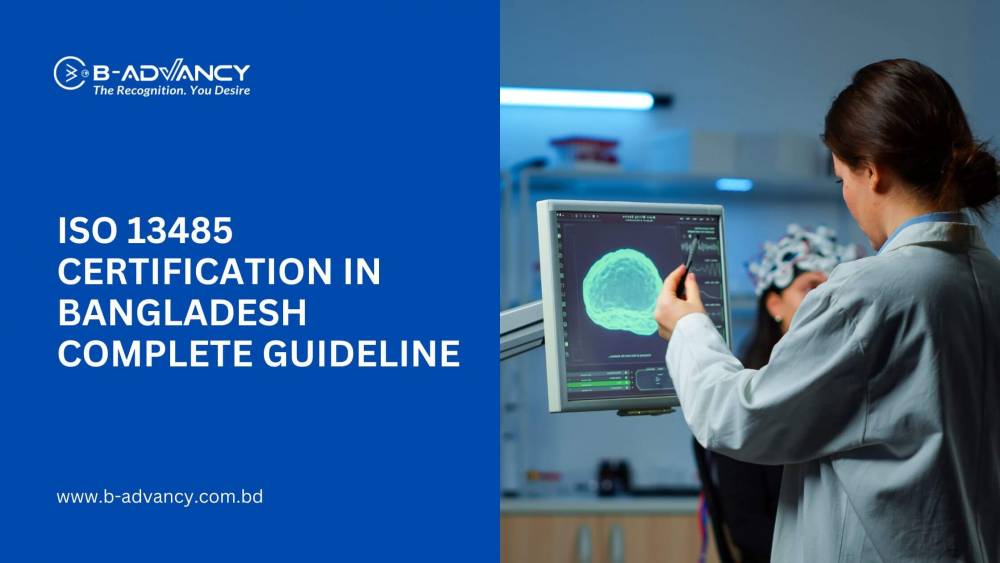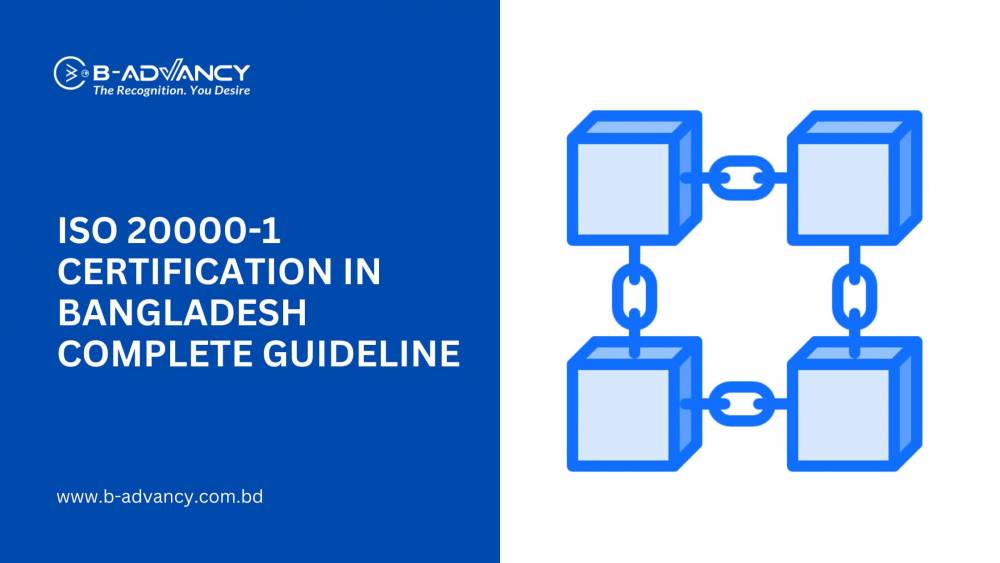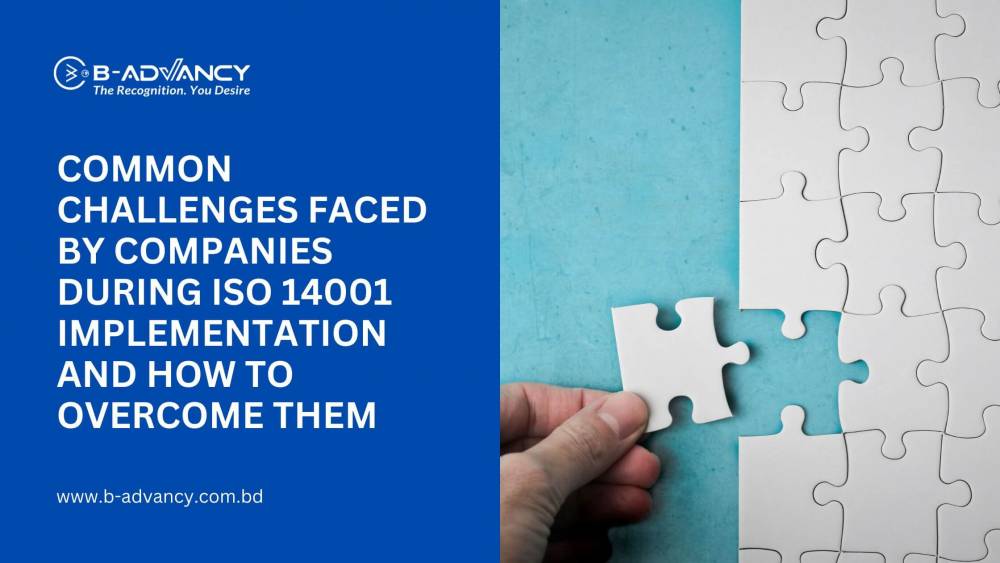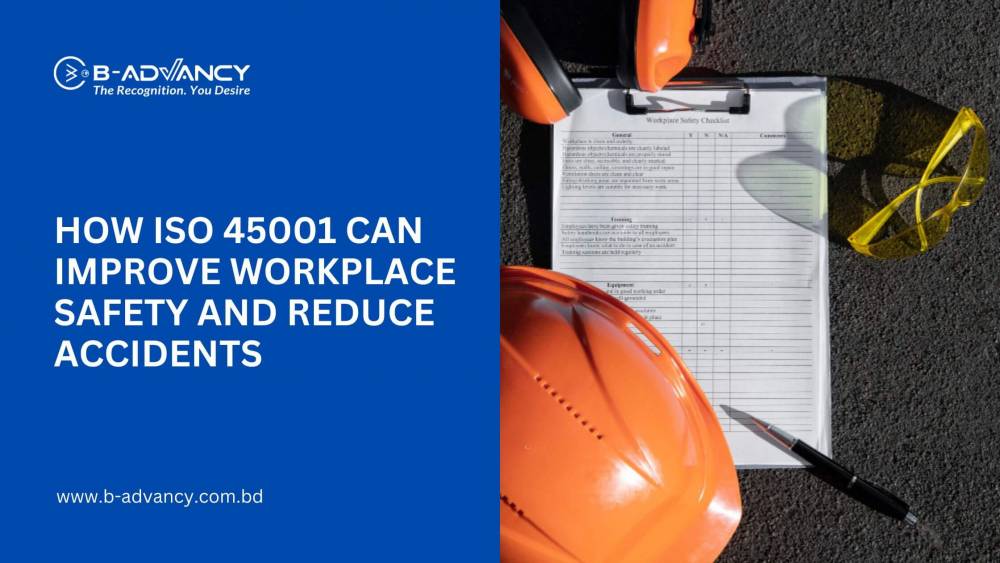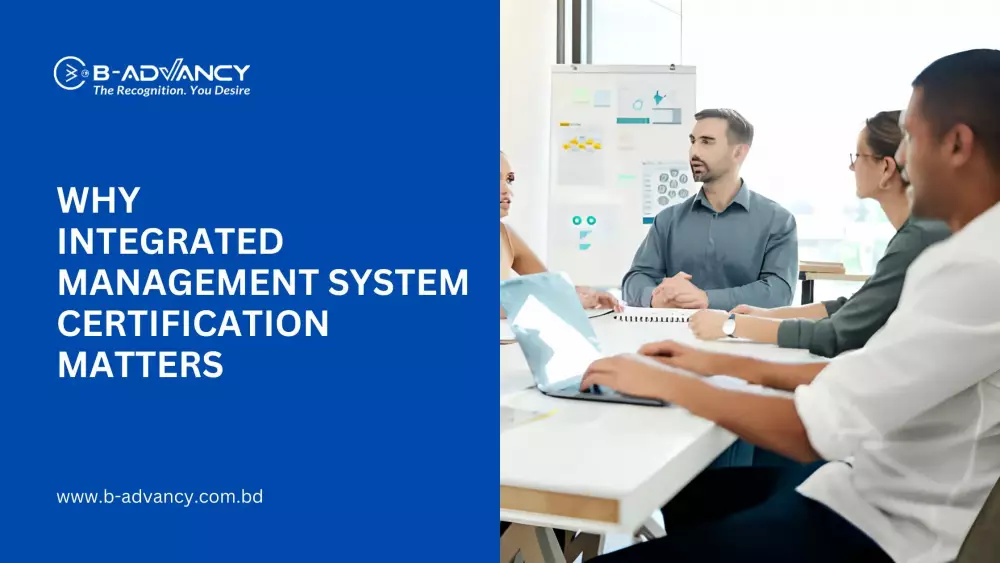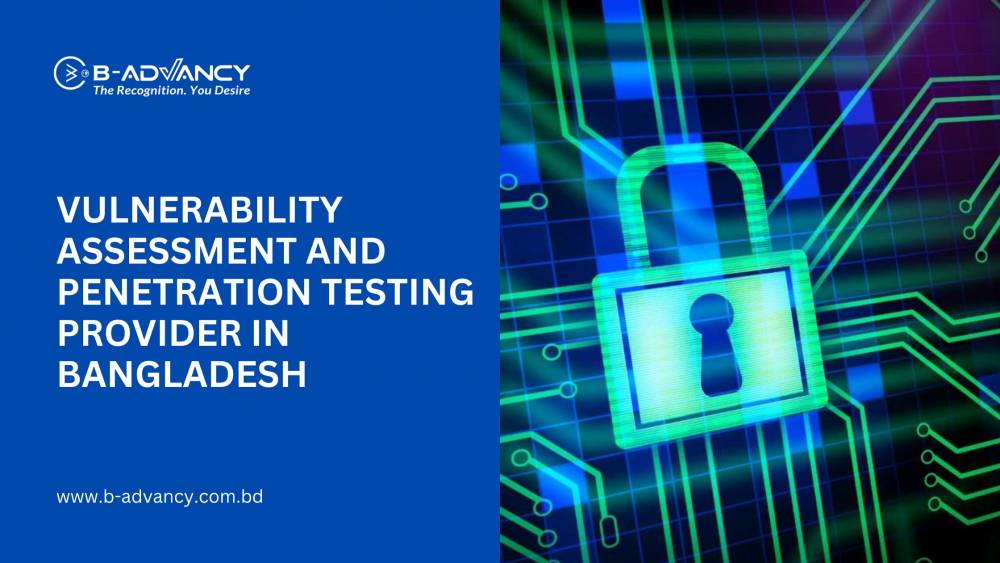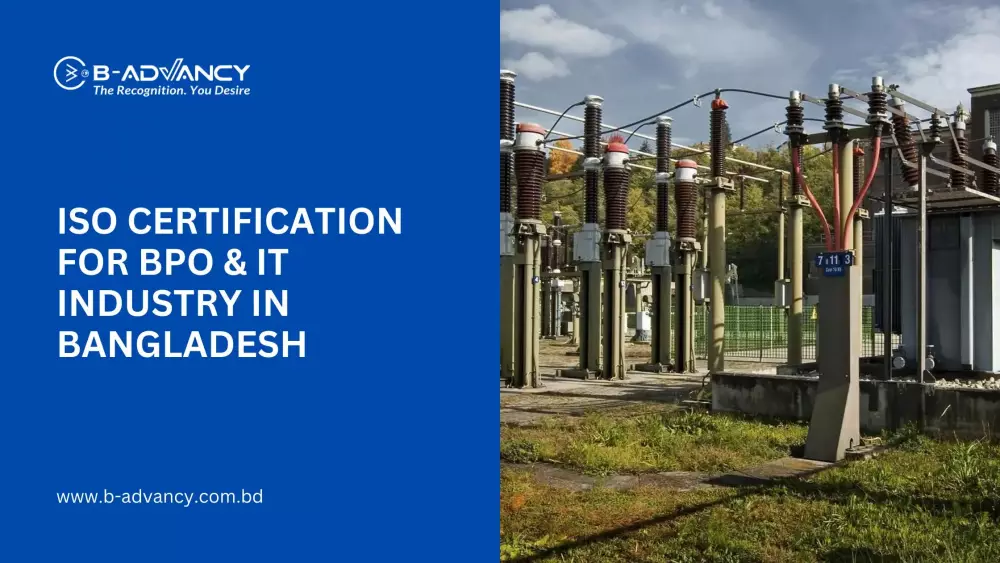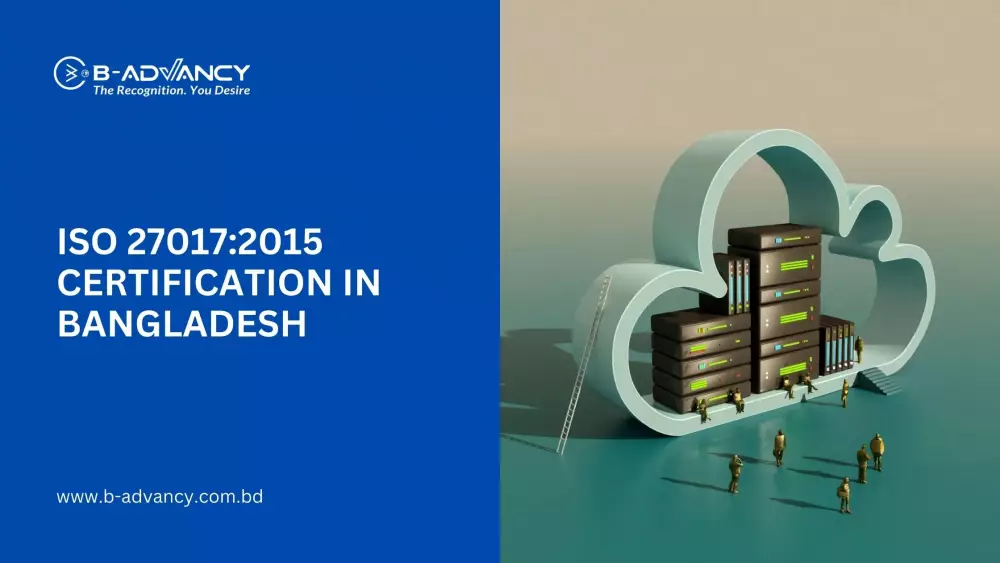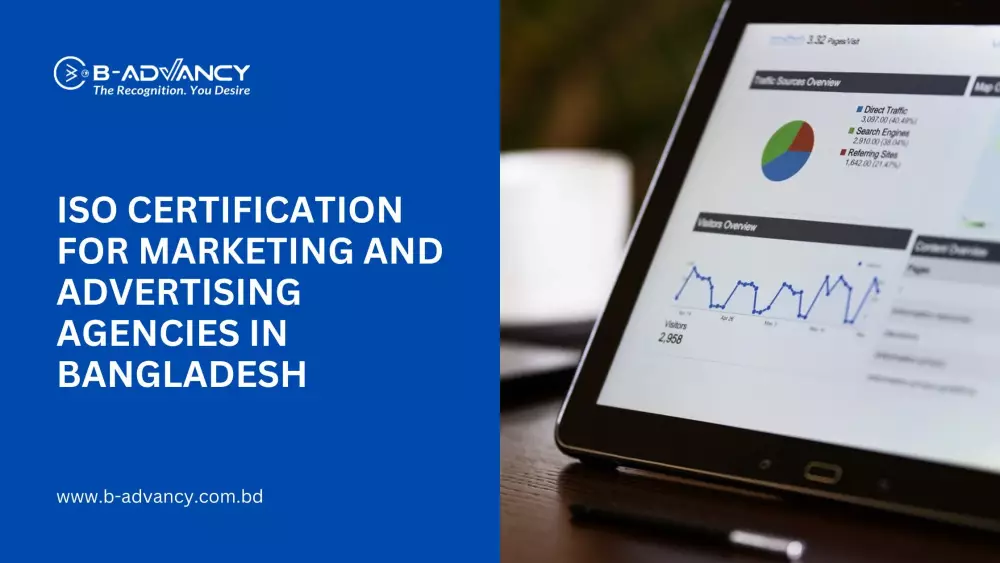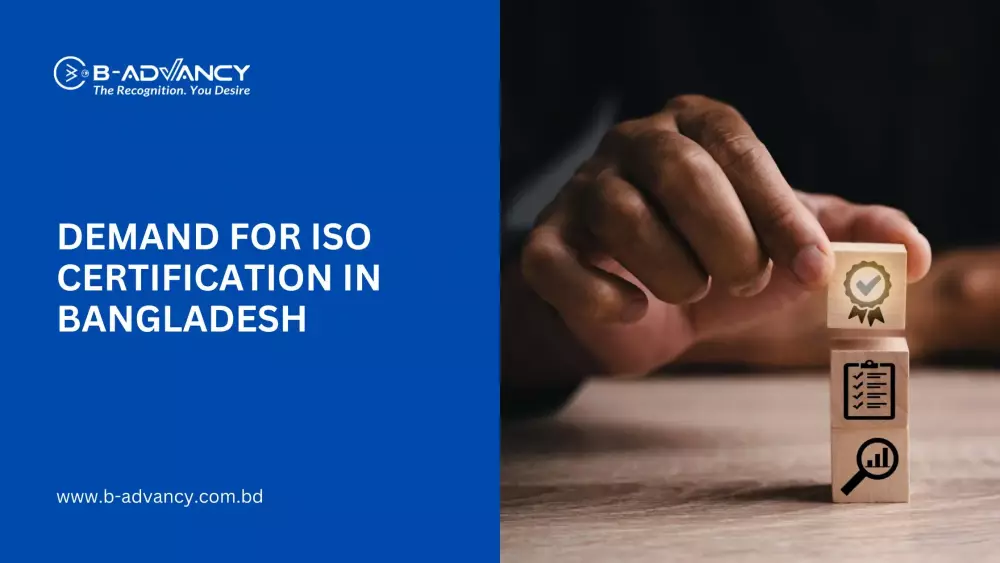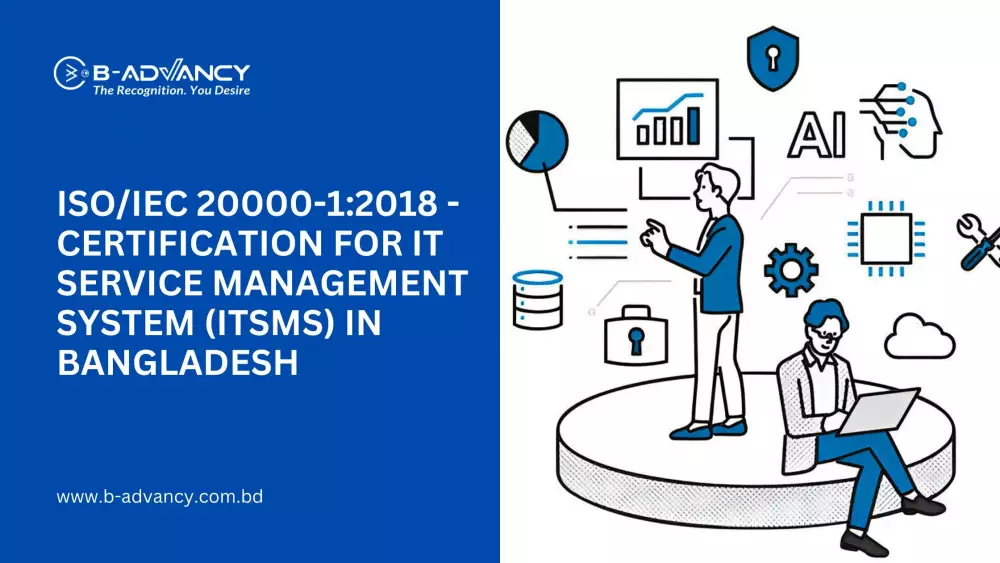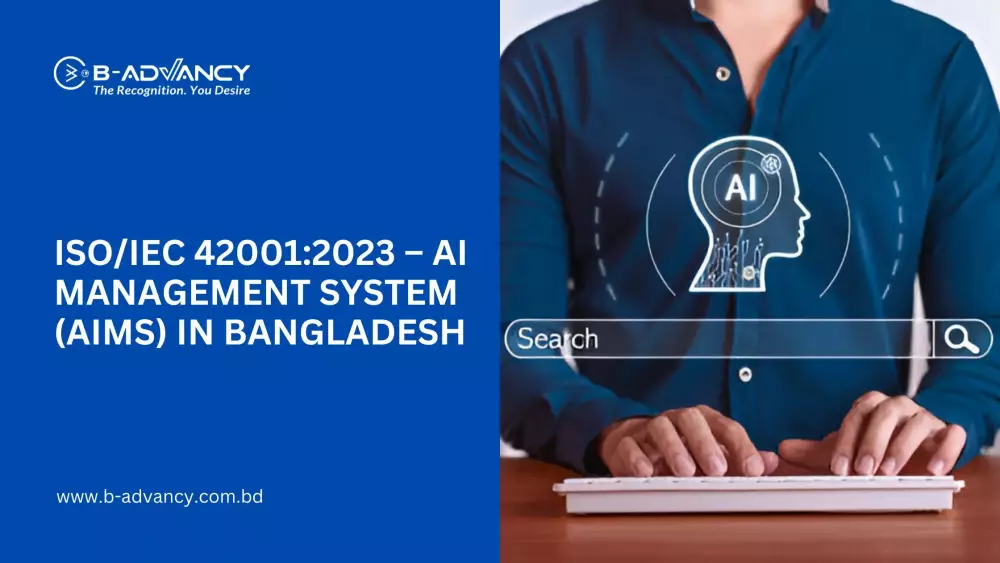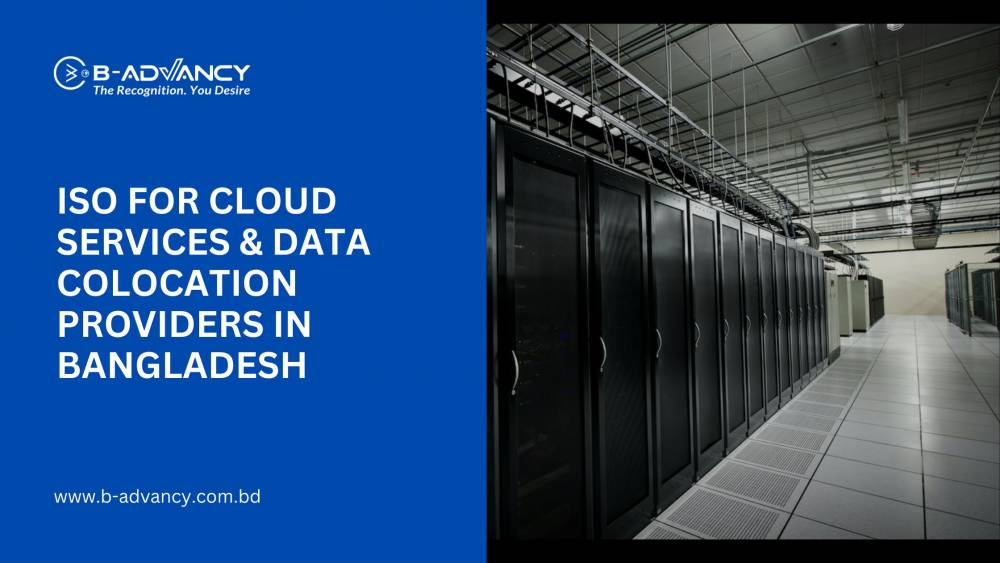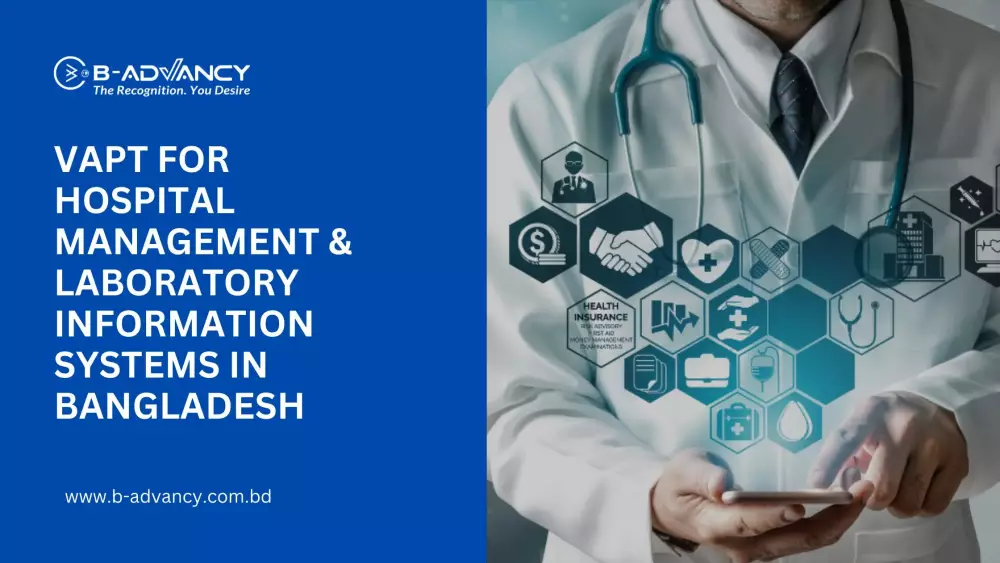I. Introduction
A universal standard for business continuity management (BCM), ISO 22301, is published by the ISO. It is intended to help companies avoid, prepare for, respond to, and recover from unexpected and disruptive events.
Business continuity management is important because It helps your business's ability to recover quickly from disaster, property damage, financial repercussions, and loss of life that are more likely to occur because of a natural disaster or man-made event.
The overview of the blog is a brief summary of the main topics and objectives of the blog post. In this case, the blog is about the ISO 22301 business continuity management system, which is a standard for organizations to establish, implement, maintain, and continually improve their business continuity management capabilities. The blog aims to provide an in-depth understanding of the ISO 22301 requirements, the benefits of implementing it, the challenges that organizations may face, and real-life examples of successful implementation.
The blog will start by introducing ISO 22301 and its importance in business continuity management. It will then delve into the specific requirements of the standard, including the policy and objectives, risk assessment and management, business impact analysis, business continuity strategy, implementation and operation, and monitoring and review.
It will then discuss the benefits of implementing ISO 22301, such as compliance with industry standards, improved resilience and response to disruptions, increased customer and stakeholder trust, better crisis management and decision-making, and potential for cost savings.
The blog will also address the challenges that organizations may face when implementing ISO 22301, such as the initial cost and resources required, difficulty in identifying and assessing risks, maintenance and ongoing review, and limited understanding and buy-in from employees.
II. ISO 22301 Requirements
ISO 22301 is a standard for business continuity management that helps organizations establish, implement, maintain, and continually improve their capabilities to respond to disruptions. In order to effectively implement this standard, organizations must first understand their context, including their locations, missions, goals, products, and services. They must also identify and document legal and regulatory requirements, as well as determine who has a stake in the continuity of operations and what their expectations are.
Leadership from top management is crucial for the successful implementation of ISO 22301. Management should develop and communicate a policy within the organization and with interested parties, while also making resources available and leading employees to contribute to the effectiveness of the standard. Organizational roles must be clearly defined with responsibilities, authorities, and competencies for each role.
Planning is also essential for business continuity, as organizations must understand the potential disruptions that could occur and how they will impact the business. They must consider the consequences of risks, their impact, and the benefits of opportunities in relation to their context and plan actions to address them. Measurable objectives must also be set to guarantee the minimum viable products or services and compliance with any legal or regulatory requirements.
In order to meet these objectives, organizations must have access to necessary resources and support, such as infrastructure, technology, communication, competence, awareness, and documented information. The standard also requires documented evidence of competence for defined roles, such as training records, education, and professional background.
The operation of the standard includes conducting and documenting a business impact analysis and risk assessment, developing a business continuity strategy, establishing and implementing business continuity procedures, and exercising and testing these procedures. Performance evaluation is also important, as organizations must consider performance indicators and metrics, monitor and evaluate them, and document the results.
Finally, the standard requires ongoing improvement efforts, including addressing non-conformities, identifying root causes, implementing corrective actions, and developing strategies for continual improvement. The organization should consider the results of analysis and evaluations, as well as the outputs from management review, to determine if there are any needs or opportunities for improvement.
III. Benefits of Implementing ISO 22301
A. Compliance with industry standards
Compliance with industry standards refers to the adherence of an organization to a set of guidelines or regulations established by a specific industry or sector. These standards are designed to ensure the safety, quality, and consistency of products or services, and to protect the interests of consumers, employees, and other stakeholders. Compliance with industry standards is important for organizations as it can help them meet legal and regulatory requirements, improve their reputation and credibility, and gain a competitive advantage in the market.
For example, in the healthcare industry, compliance with standards such as HIPAA and HITECH is mandatory for organizations that handle patient data. These standards ensure the protection of patient privacy and security, and organizations that fail to comply can face significant penalties.
In summary, compliance with industry standards is an essential aspect of an organization's operations and can help them meet legal and regulatory requirements, improve their reputation and credibility, and gain a competitive advantage in the market. Organizations should ensure they are aware of the relevant standards that apply
B. Improved resilience and response to disruptions
Improved resilience and response to disruptions refer to the ability of an organization to anticipate, prepare for, and effectively manage unexpected events or disruptions that can impact its operations, services, and reputation. Resilience and response to disruptions are critical for organizations to ensure continuity of operations and minimize the negative impact on their stakeholders.
Resilience refers to the ability of an organization to anticipate, prepare for, and adapt to disruptions. It involves identifying potential risks and vulnerabilities, and implementing measures to reduce the likelihood and impact of disruptions. Resilience can be improved through risk management practices, business continuity planning, and disaster recovery planning.
In summary, improved resilience and response to disruptions are critical for organizations to ensure continuity of operations and minimize the negative impact on their stakeholders. It involves identifying potential risks and vulnerabilities, implementing measures to reduce the likelihood and impact of disruptions and activate emergency response plans, communicate with stakeholders and deploy resources to restore operations and services. Compliance with ISO 22301 can help organizations to improve their resilience and response to disruptions.
C. Increased customer and stakeholder trust
Increased customer and stakeholder trust refers to the confidence and belief that customers and other stakeholders have in an organization's ability to provide consistent and reliable products and services. Trust is built over time and is based on an organization's ability to deliver on its promises and meet the expectations of its customers and stakeholders.
ISO 22301 is an international standard for Business Continuity Management Systems (BCMS) that helps organizations to increase customer and stakeholder trust. The standard provides a framework for organizations to identify potential risks, plan for disruptions, and implement measures to minimize the impact and restore normal operations. Compliance with the standard demonstrates to customers and stakeholders that an organization is committed to ensuring continuity of operations and minimizing the impact of disruptions.
In summary, increased customer and stakeholder trust refers to the confidence and belief that customers and other stakeholders have in an organization's ability to provide consistent and reliable products and services. Compliance with ISO 22301 can help organizations to increase customer and stakeholder trust by providing assurance that an organization is able to anticipate, prepare for, and effectively manage unexpected events or disruptions. This can provide assurance that the organization is able to provide consistent and reliable products and services.
D. Better crisis management and decision-making
Better crisis management and decision-making refers to the ability of an organization to effectively respond to unexpected events or disruptions and make informed decisions that minimize the impact and restore normal operations.
ISO 22301 is an international standard for Business Continuity Management Systems (BCMS) that helps organizations to improve crisis management and decision-making. The standard provides a framework for organizations to identify potential risks, plan for disruptions, and implement measures to minimize the impact and restore normal operations. Compliance with the standard demonstrates to customers and stakeholders that an organization is committed to ensuring continuity of operations and minimizing the impact of disruptions.
By implementing ISO 22301, organizations can establish a robust and effective BCMS that allows them to better anticipate, prepare for, and manage unexpected events or disruptions. This can help organizations to make more informed decisions in a crisis situation, as they have a pre-established plan and procedures in place to minimize the impact of disruptions. The standard also includes requirements for testing and exercising plans and procedures, which can help organizations to identify potential weaknesses and improve their response to disruptions.
E. Potential for cost savings
Potential for cost savings refers to the ability of an organization to reduce costs by implementing effective measures to minimize the impact of disruptions and quickly restore normal operations.
By implementing ISO 22301, organizations can establish a robust and effective BCMS that allows them to better anticipate, prepare for, and manage unexpected events or disruptions. This can help organizations to minimize the impact of disruptions, restore normal operations quickly, and reduce the costs associated with downtime. The standard also includes requirements for testing and exercising plans and procedures, which can help organizations to identify potential weaknesses and improve their response to disruptions.
Additionally, by following the standard's guidelines and procedures, organizations can minimize the potential for legal and regulatory compliance penalties, which can also contribute to cost savings.
The process of ISO 22301 certification
The process of obtaining ISO certification typically involves the following steps:
Ø Reach out to a certification body by submitting an inquiry.
Ø Receive a quote for your company and a consultation from the certification body.
Ø Accept the quote and begin the implementation process.
Ø Complete the necessary training and implement the guidelines provided by the certification body.
Ø Undergo an initial external audit by the certification body and successfully pass the audit.
Ø Make payment and receive the final hard copy of the certificate from the certification body.
IV. Challenges of Implementing ISO 22301
A. Initial cost and resources required
Initial cost and resources required refer to the expenses and investments needed to implement and maintain an ISO 22301 Business Continuity Management System (BCMS) within an organization.
Implementing an ISO 22301 BCMS can require a significant investment of time, money, and resources. The initial cost of implementation can include expenses such as consultant fees, training, and the development of business continuity plans and procedures. Organizations may also need to invest in technology and equipment to support the BCMS, such as data backup systems and disaster recovery solutions.
In addition to the initial cost, organizations will also need to allocate resources to maintain the BCMS. This can include staff time for conducting risk assessments, updating plans and procedures, and performing regular testing and exercises. Organizations may also need to allocate resources for regular internal audits to ensure compliance with the standard.
Overall, the initial cost and resources required to implement and maintain an ISO 22301 BCMS can vary depending on the size and complexity of the organization. However, while the investment may be significant, it can also provide significant benefits, such as improved resilience and response to disruptions, increased customer and stakeholder trust, and potential cost savings.
B. Difficulty in identifying and assessing risks
Identifying and assessing risks is a crucial step in the implementation of an ISO 22301 Business Continuity Management System (BCMS), as it helps organizations understand the potential disruptions that could affect their operations and the impact they could have on the business. However, identifying and assessing risks can be difficult for some organizations, as it requires a thorough understanding of the organization's processes, products, and services, as well as the external factors that could impact them.
One difficulty in identifying and assessing risks is understanding the likelihood and impact of a disruption. Organizations may struggle to accurately assess the probability of a disruption occurring, as well as the potential impact it could have on the business. Additionally, organizations may find it challenging to identify all of the risks that could potentially affect their operations, particularly those that are not immediately obvious or familiar.
Another difficulty in identifying and assessing risks is determining the most appropriate actions to mitigate or respond to them. Organizations may find it challenging to develop effective mitigation and response strategies, particularly if they lack the necessary expertise or resources. Additionally, organizations may struggle to implement and test their mitigation and response strategies, as they may not have the necessary equipment, technology, or resources.
Overall, identifying and assessing risks is a crucial step in the implementation of an ISO 22301 BCMS, but it can be difficult for some organizations. Organizations may struggle to accurately assess the likelihood and impact of a disruption, as well as identify all of the risks that could potentially affect their operations. Additionally, organizations may find it challenging to develop effective mitigation and response strategies, and implement and test them.
D. Limited understanding and buy-in from employees
Limited understanding and buy-in from employees can be a significant challenge for organizations when implementing an ISO 22301 Business Continuity Management System (BCMS). Without the proper understanding and commitment from employees, it can be difficult for organizations to effectively implement and maintain the BCMS.
One of the main challenges in achieving employee understanding and buy-in is communication. Organizations may struggle to effectively communicate the purpose and benefits of the BCMS to their employees, leading to confusion or resistance to the changes. Additionally, organizations may not have a clear plan in place for training and educating employees on the BCMS, making it difficult for them to understand and implement the necessary changes.
Another challenge of ISO Certification in Bangladesh is employee engagement. Without the proper engagement, employees may not feel invested in the BCMS and may not be motivated to participate in the implementation process. This can lead to a lack of commitment and accountability, making it difficult for the organization to achieve its goals.
Lastly, organizations may also face challenges in getting employees to understand and comply with the legal and regulatory requirements that the BCMS entails. This can lead to difficulties in achieving compliance and can also negatively impact the reputation of the organization.
In summary, limited understanding and buy-in from employees can be a significant challenge for organizations when implementing an ISO 22301 BCMS. Effective communication, employee engagement, and compliance with legal and regulatory requirements are critical to achieving employee understanding and buy-in. Without the proper understanding and commitment from employees, it can be difficult for organizations to effectively implement and maintain the BCMS.
VI. Conclusion
A. Summary of key points
ISO 22301 is a business continuity management system (BCMS) standard that helps organizations to prepare for and respond to disruptions. The standard outlines a framework for identifying and managing risks, developing and implementing continuity plans, and measuring and improving performance.
Key points to consider when implementing ISO 22301 include:
Ø The importance of clear leadership and commitment from top management
Ø The need for effective planning, including understanding potential disruptions and setting measurable BCMS objectives
Ø The importance of adequate resources and support, including infrastructure, technology, communication, competence, awareness, and documented information
Ø The need for regular performance evaluations, testing, and continuous improvement
Ø The importance of active participation from all employees and support from external stakeholders
Benefits of implementing ISO 22301 include:
Ø Compliance with industry standards
Ø Improved resilience and response to disruptions
Ø Increased customer and stakeholder trust
Ø Better crisis management and decision-making
Ø Potential for cost savings
However, there are also challenges to implementing ISO 22301, including:
Ø Initial cost and resources required
Ø Difficulty in identifying and assessing risks
Ø Limited understanding and buy-in from employees
Overall, ISO 22301 is a valuable tool for organizations looking to improve their ability to prepare for and respond to disruptions, but requires a commitment to planning, resources, and ongoing improvement to be successful.
B. Final thoughts on the importance of ISO 22301
ISO 22301 is a crucial standard for any organization looking to improve their ability to prepare for and respond to disruptions. It provides a comprehensive framework for identifying and managing risks, developing and implementing continuity plans, and measuring and improving performance.
Implementing ISO 22301 can bring many benefits to an organization, including compliance with industry standards, improved resilience and response to disruptions, increased customer and stakeholder trust, better crisis management and decision-making, and potential for cost savings.
However, it's important to keep in mind that implementing ISO 22301 requires a significant investment of time and resources. Organizations must be prepared to invest in training, planning, and ongoing improvement in order to be successful. Additionally, it is crucial to have the support and buy-in of all employees, as well as external stakeholders, to ensure that the BCMS is implemented and maintained effectively.
In summary, ISO 22301 is a valuable tool for organizations looking to improve their ability to prepare for and respond to disruptions. It provides a comprehensive framework for identifying and managing risks, developing and implementing continuity plans, and measuring and improving performance. However, it requires a significant investment of time and resources and the support of all employees and external stakeholders to be successful.













